
What are new advances in radiation therapy for breast cancer?
A study published in Science Translational Medicine reports a new type of gene therapy could protect healthy tissues from the damaging side-effects of radiotherapy after breast cancer treatment.
If this therapy works, patients could be protected from scarring, skin shrinkage and damage to the underlying tissues. This would be a game changer for all patients, but especially for those who have had or are planning to have breast reconstruction.
To gain further insight, I reached out to Dr. Oscar Ochoa for his thoughts on the study.
“The tissue damage caused by radiation, in some instances, is long lasting and can significantly impact quality of life. In the setting of previous radiation, the most readily accessible form of breast reconstruction, implant-based reconstruction, is associated with a very high complication rate, making tissue reconstruction (like the DIEP flap) crucially important. The current dogma dictates delaying any tissue reconstructive procedure until radiation treatments have been completed due to concerns related to inadvertent damage of the tissue reconstruction by radiation. What if healthy tissue utilized for breast reconstruction could be protected from radiation-induced damage?
The study reports findings obtained using a novel technique that enables delivering additional copies of a particular gene that is protective of radiation damage as well as inactivating a separate gene that is involved in scarring following radiation. Using this gene therapy, investigators were able to mitigate radiation-induced injury to experimental rats while maintaining tumor cell vulnerability to radiation. In theory, similar types of gene therapy may be used in breast cancer patients that have undergone breast reconstruction but would still require radiation to the reconstructed breast. Due to the lessened effects of radiation promoted by similar gene therapies, breast reconstruction would no longer be required to be delayed until the completion of radiation therapy. This is potentially revolutionary in the realm of breast reconstruction which is so often predicated by the possibility of radiation.
Naturally, extensive safety trials and further studies would be required before implementation of such techniques in clinical use. Nonetheless, studies such as these highlight the exponential growth in knowledge in the fields of genetics and medicine that will enable development of new therapies drastically improving quality of life and patient outcomes.”
Although this new technology is not ready to be tested in humans, it has the potential to become a brand-new way of improving the quality of life for breast cancer patients. We look forward to keeping you updated on these technologies!
Author: Dr. Oscar Ochoa and Courtney Floyd
If this therapy works, patients could be protected from scarring, skin shrinkage and damage to the underlying tissues. This would be a game changer for all patients, but especially for those who have had or are planning to have breast reconstruction.



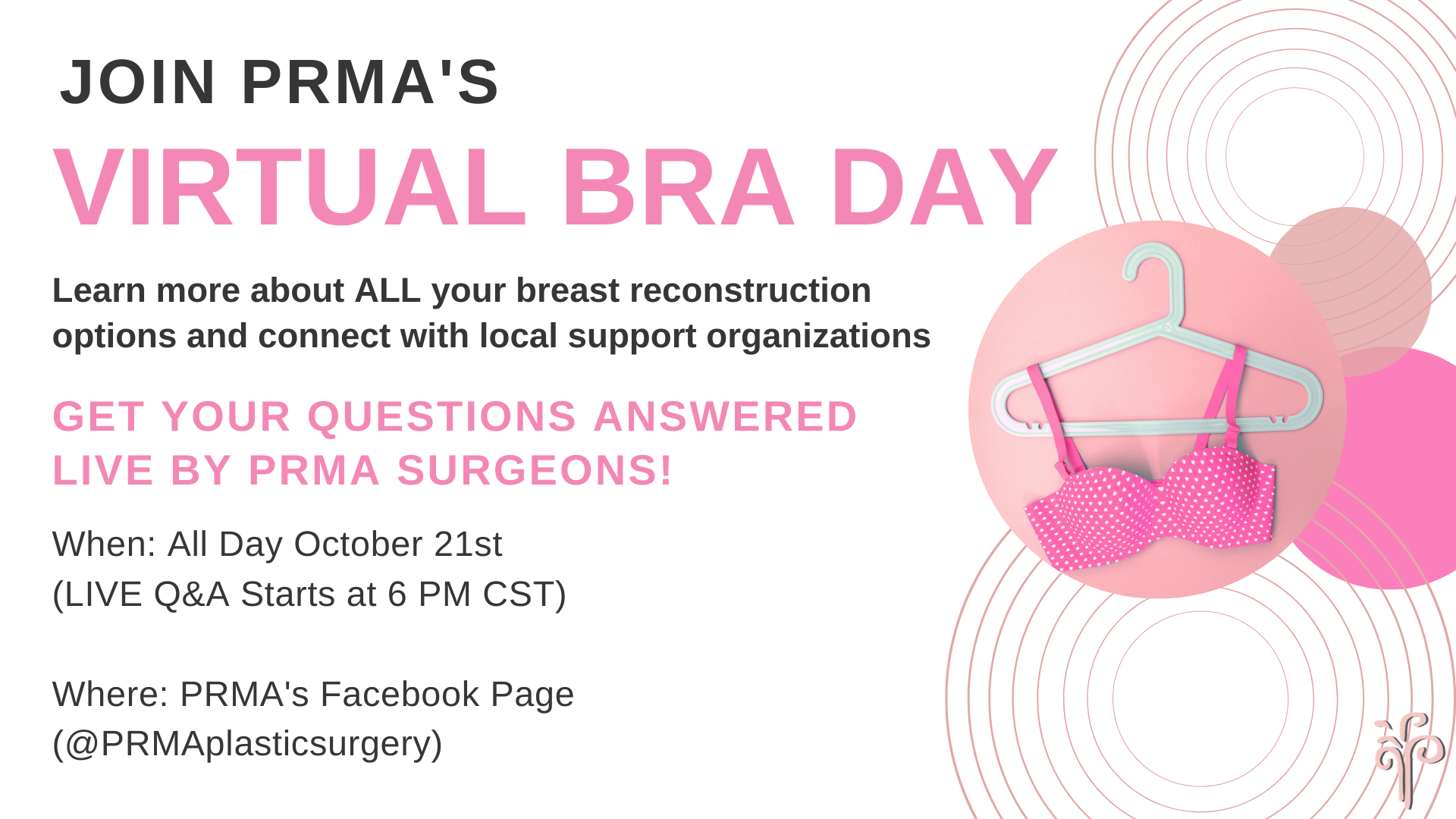
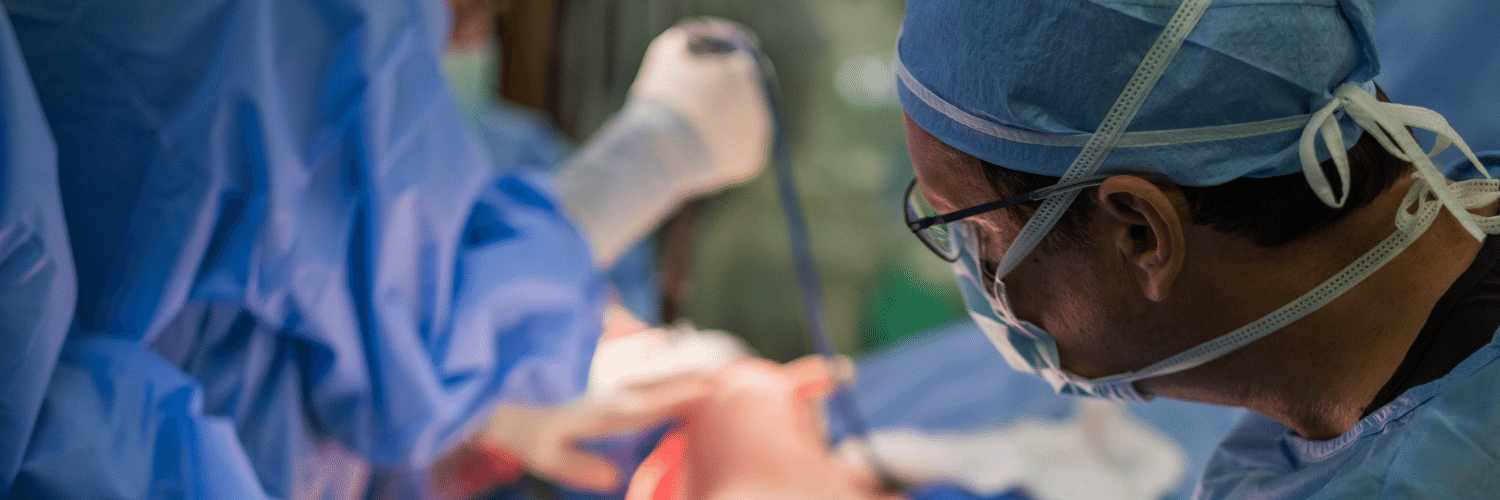

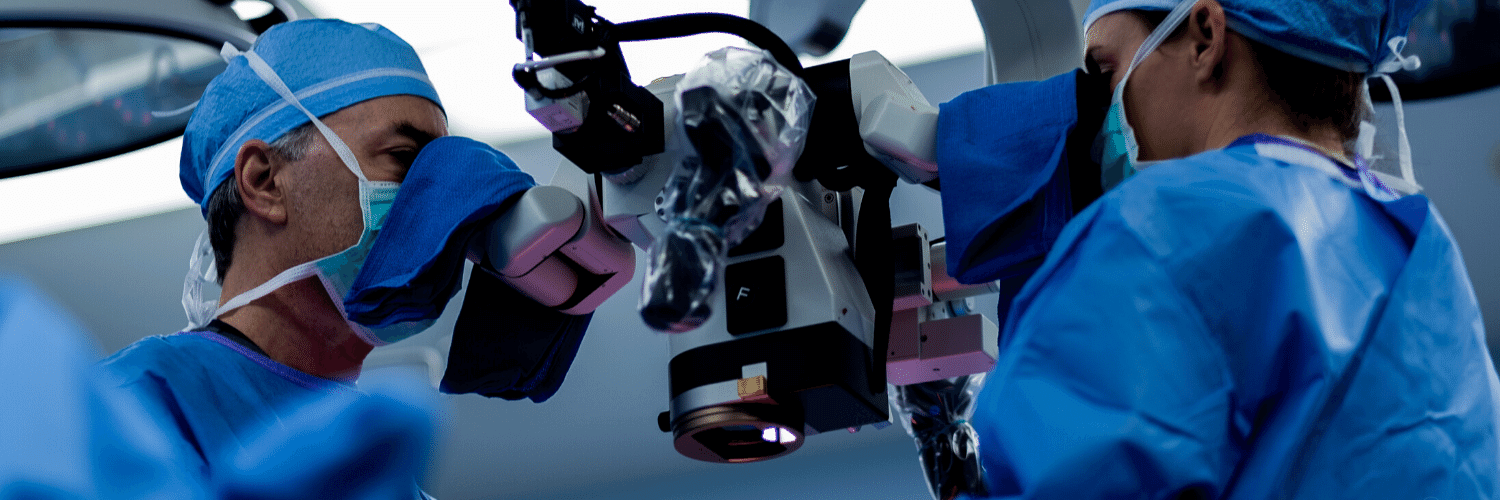

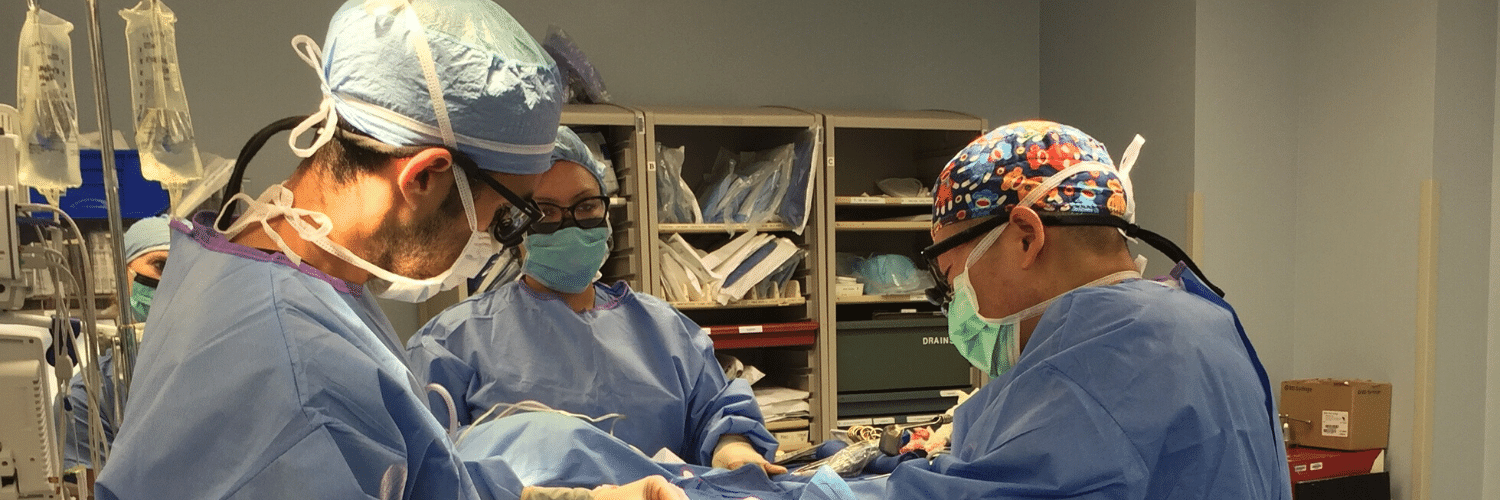
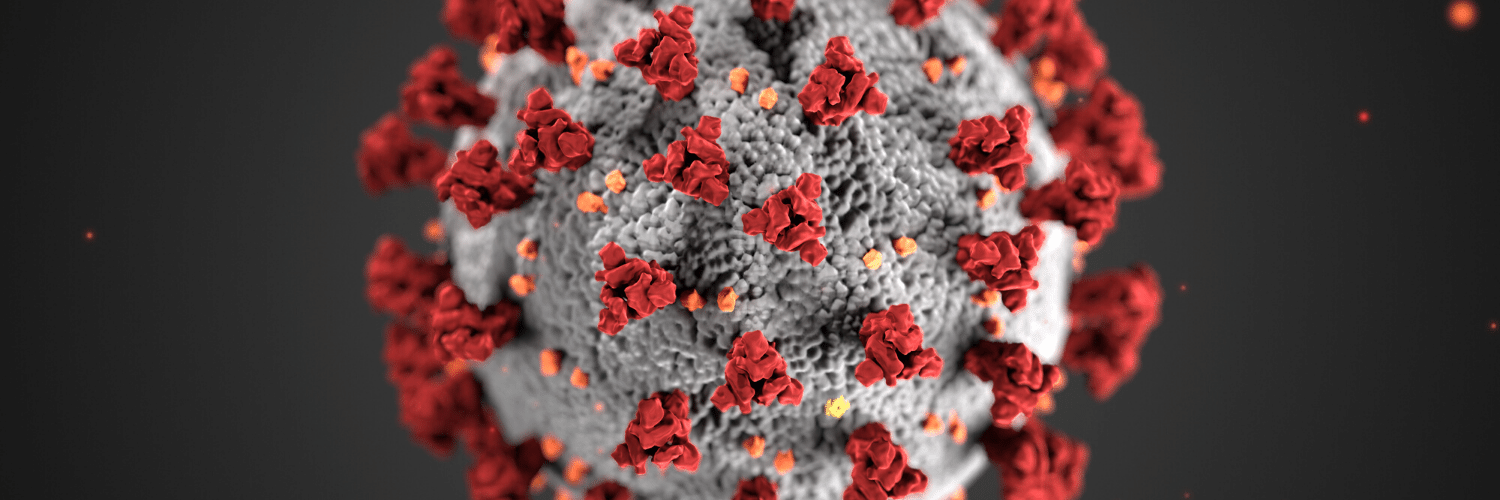
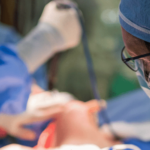

No Comments